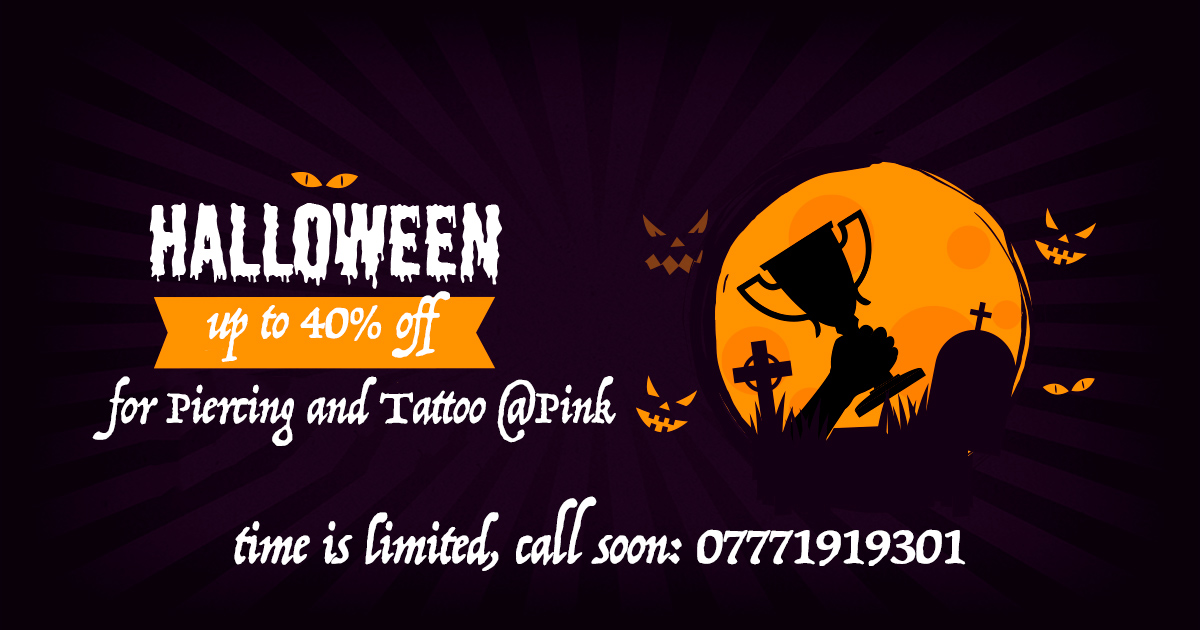In the ever-evolving landscape of body art, some trends emerge that are so visually striking they instantly capture the imagination. The orbital piercing is one such style. More complex than a simple hoop and more interconnected than two separate studs, it creates a stunning illusion: a single, perfect ring that seems to float through the ear, held in place by two precise points. It’s a piece of personal architecture, and as a key trend for late 2025, it’s a testament to the wearer’s appreciation for precision and unique design.
However, the elegant simplicity of a finished orbital piercing conceals the immense technical skill required for its execution. This is not a piercing to be undertaken lightly. We recently consulted with a client, Ben, who came to us with a helix piercing from another studio that had healed at a slight angle. He dreamed of adding a second piercing to create an orbital, but he was worried his existing piercing made it impossible. Our lead piercer sat with him for a full consultation, not just looking at the ear, but measuring it. We assessed the angles, the spacing, and the curl of his helix. We determined that by placing the second piercing with meticulous precision, we could create a channel that would allow a ring to sit perfectly flat, turning his previous frustration into a stunning success story.
Ben’s experience highlights a crucial truth: a successful orbital piercing London is a testament to the piercer’s skill. This guide will walk you through everything you need to know, from understanding its unique mechanics to the essential booking and healing process.
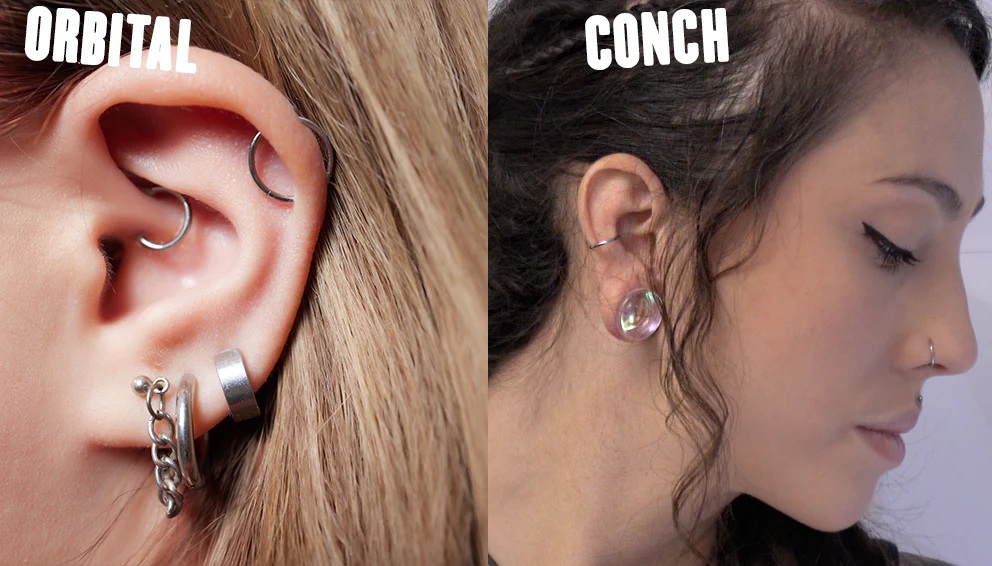
orbital piercing
Deconstructing the Orbital: What Makes This Piercing Unique?
First, let’s clarify what an orbital piercing is—and what it is not. The term can sometimes be confusing, as it describes the style of jewellery rather than a single anatomical location.
An orbital piercing consists of two separate piercing holes that are made so that a single piece of hoop jewellery can pass through both.1 This creates the signature “orbiting” look.
An Orbital vs. a Conch Hoop vs. an Industrial
It’s easy to confuse these styles, but they are fundamentally different. Let’s break it down:
- Orbital Piercing: One ring passing through two holes that are typically placed close together in the same part of the ear (e.g., two holes in the helix, or two in the lobe).2
- Conch-to-Helix (or “Snug”): While this involves one ring passing through two holes, the piercings are in different parts of the ear’s anatomy.
- Industrial Piercing: One straight barbell passing through two holes, typically far apart on the upper helix.
Popular Placements for Orbital Piercings
The beauty of the orbital is its versatility. While technically possible in several locations, these are the most common and successful placements:
- The Helix Orbital: This is the most iconic placement, with two piercings made in the outer cartilage rim of the ear. It allows a hoop to frame the upper curve of the ear beautifully.
- The Lobe Orbital: A fantastic and increasingly popular option. Two piercings are made in the earlobe, allowing for the orbital look without committing to the longer healing time of cartilage. This is an excellent choice for a first “advanced” piercing.
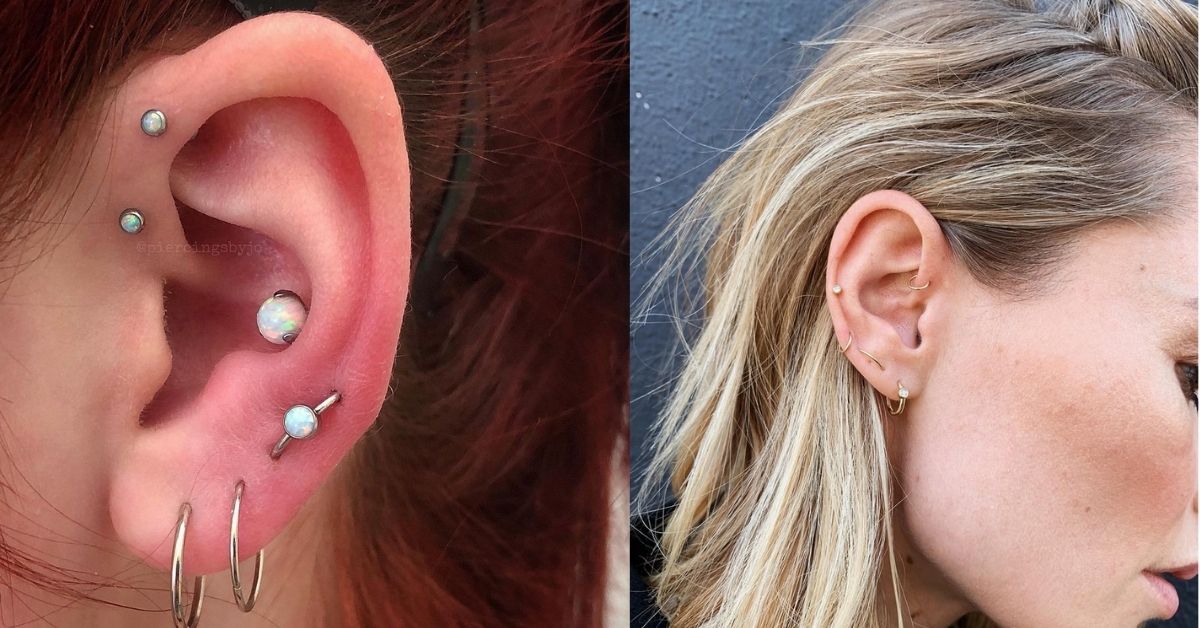
orbital piercing
The Art of Precision: Why Specialist Placement is Non-Negotiable
An orbital is a piercing of geometry and physics. Unlike a single stud, where the angle is important, an orbital requires two points to be in perfect harmony. This is why choosing a master piercer for your orbital piercing London is not a luxury, but a necessity.
The Geometry of a Perfect Orbital
For the hoop to sit flat against your ear without putting pressure on the healing tissue, the two piercing channels must be perfectly parallel to one another. If the angles are even slightly off, the ring will pull or twist the tissue. This constant pressure can lead to a host of problems:
- Severe irritation bumps that won’t go away.
- Delayed or failed healing.
- Migration or rejection of the piercing.
Our specialists use advanced techniques to mark and execute both piercings at the exact same angle, ensuring a comfortable fit and a beautiful, lasting result.
The Importance of a Full Anatomical Assessment
Not every ear is suited for every orbital placement. Before we even pick up a needle, our piercers will conduct a thorough assessment of your ear’s unique anatomy. We will check the curl and flatness of your helix, the thickness and available space on your lobe, and the underlying structures to ensure the piercing is not only beautiful but, most importantly, viable and safe.
Jewellery is Everything: Initial Piercing vs. Final Look
A common misconception is that you will be pierced with a hoop. For a healthy orbital piercing London, this is incorrect. Piercing with a hoop introduces movement and tension that complicates healing.3
The professional and safe method, which we exclusively use at PinkTatPier, is to perform the two piercings with two separate, straight, flat-back labret studs. You will heal these as two individual piercings first. This allows for the straightest possible channel to form without any pressure. Once both piercings are fully healed (which can take 9-12+ months for cartilage), you can return to our studio to have them professionally fitted with your stunning, seamless orbital ring.
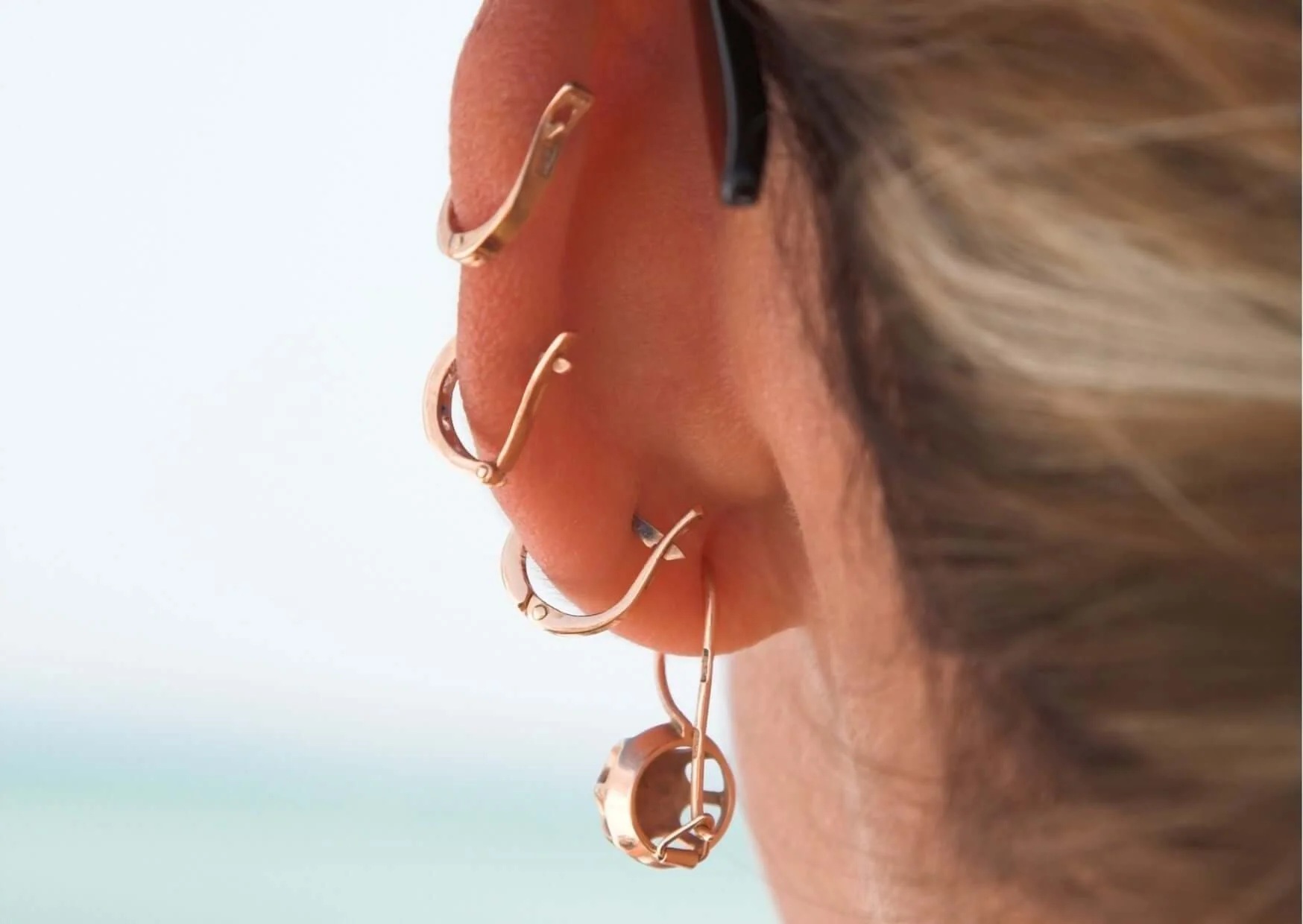
orbital piercing
Your Orbital Piercing Journey at PinkTatPier
From your initial idea to your final, healed piercing, we have a process designed for clarity, comfort, and safety.
Step 1: The Essential Consultation
This is the most critical phase. You will sit with one of our best piercing specialists to discuss your vision. We will perform the anatomical assessment, discuss placement options, and map the piercing on your ear so you can approve the final look.
Step 2: The Piercing Procedure
The piercing itself is a two-step process. Using our aseptic, medical-grade technique, we will create the two piercings precisely as planned, each with a single-use needle. We will then insert the initial implant-grade titanium labret studs.
Step 3: The Crucial Healing Phase
Healing an orbital requires patience. As you are healing two piercings at once, diligent aftercare is paramount. The table below outlines a typical healing journey for a cartilage orbital.
Table: The Orbital Piercing Healing Timeline & Milestones
| Timescale | What to Expect | Key Actions |
| Week 1-4 | Significant swelling, redness, and tenderness are normal. | Clean twice daily with sterile saline; DO NOT sleep on it; avoid any and all pressure. |
| Month 2-4 | Swelling gradually reduces, and tenderness will decrease. | Continue cleaning; be vigilant about avoiding snags; DO NOT change jewellery. |
| Month 6-9 | The piercings will start to feel stable, but are not yet fully healed internally. | Continue cleaning as needed; book a check-up with your piercer to assess progress. |
| Month 9-12+ | The piercings are likely fully healed and the internal fistula is stable. | Book a final check-up with your piercer to get the official green light. |
| Post-Healing | It’s time for the ring! | Visit our studio to have your initial studs professionally changed to a perfectly fitted seamless ring. |
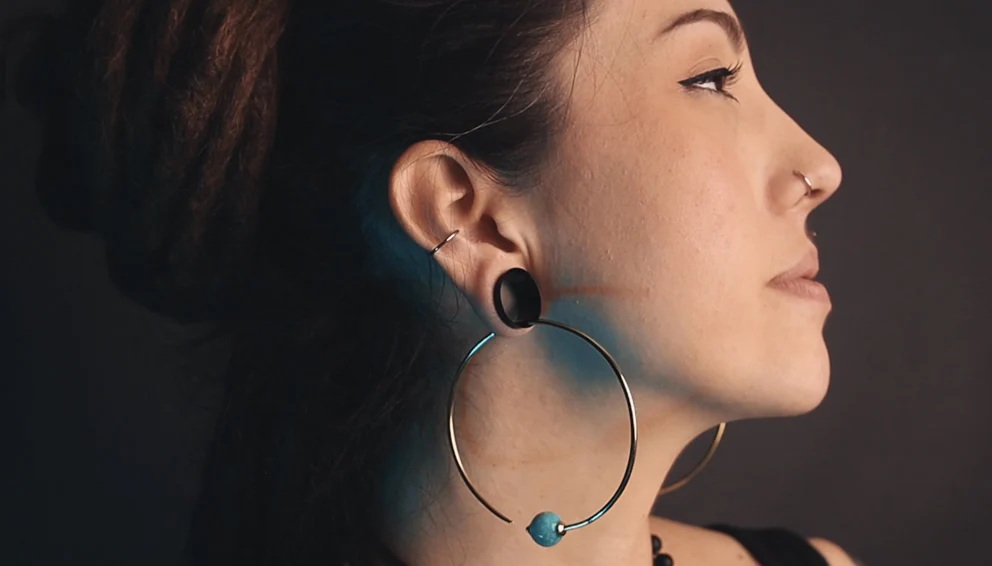
orbital piercing
Understanding Cost & Booking Your Appointment
A professional orbital piercing is an investment in quality and safety. The pricing reflects the fact that it is essentially two separate, highly precise piercings performed in one session.
The final cost will depend on the placement and the specific decorative ends you choose for your initial labret studs. We offer a full range of implant-grade titanium and solid gold options.
How to Get a Price Quote & Book
Your journey to a stunning orbital piercing London starts with a simple conversation.
- Book a Consultation: Use our online system to book a “Piercing Consultation” or the piercing appointment itself. The consultation is part of the process.
- Design & Quote: During your appointment, we will finalise the design and jewellery choices and provide you with a clear, itemised quote before we proceed.
- Get Pierced: If you’re happy, we can often perform the piercing in the very same appointment.
Frequently Asked Questions (FAQ)
1. Can I get an orbital as my very first cartilage piercing?
While possible if you have ideal anatomy, we generally recommend the orbital for clients who already have some experience healing a cartilage piercing. Healing two holes at once requires more diligence. A single helix is often a better starting point to understand how your body heals.
2. What’s the healing process like for two holes so close together?
The healing is managed as two separate piercings. The main challenge is that irritation in one can sometimes affect the other. This is why strict aftercare—especially avoiding sleeping on it—is so important. Our specialists will give you detailed instructions.
3. What kind of ring should I wear once it’s healed?
Once fully healed, you can wear a seamless ring, a clicker, or a captive bead ring. The most important factor is getting the diameter right. We will professionally measure your piercing to ensure the ring fits perfectly, without putting any pressure on the fistula.
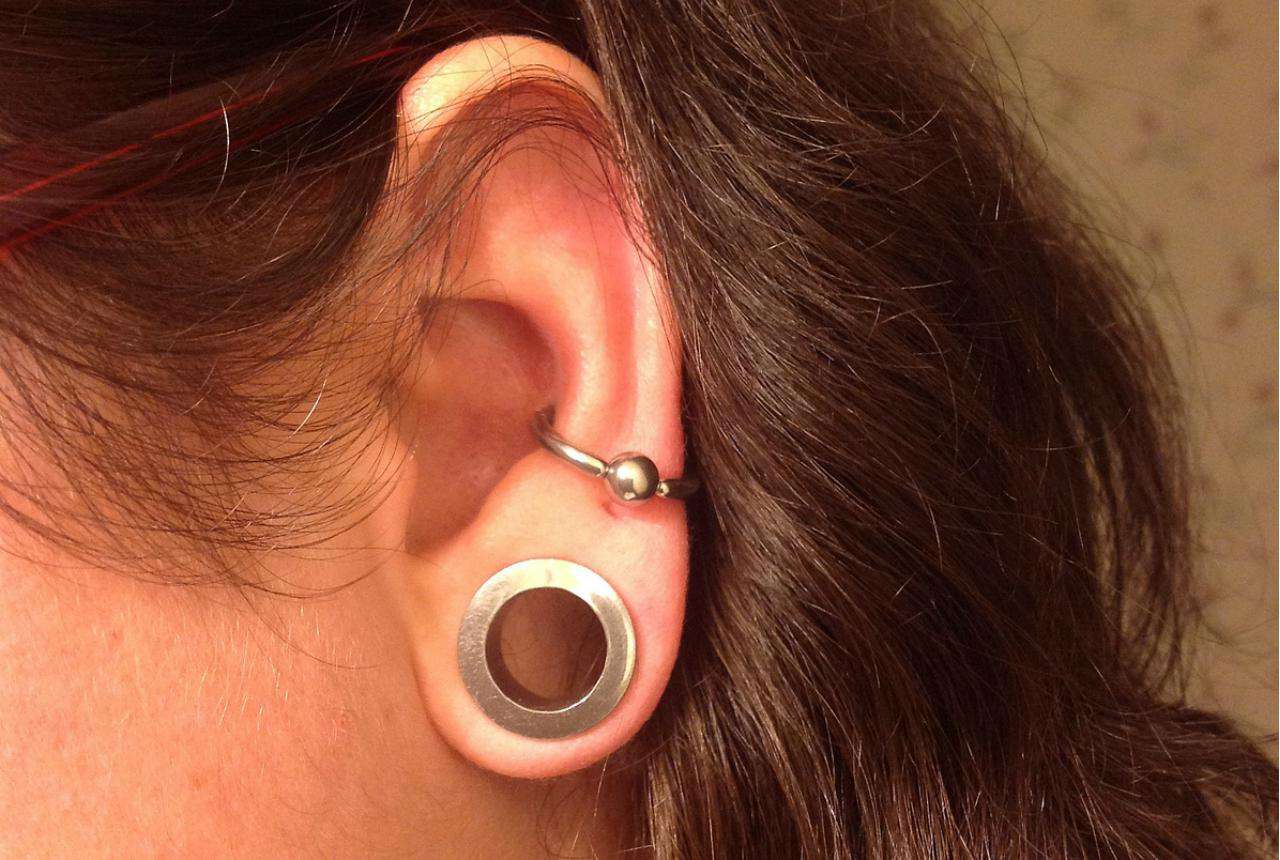
orbital piercing
Conclusion: A Statement of Precision and Style
The orbital piercing is a true work of art—a testament to the balance between bold design and meticulous technique. It’s a style that demands expertise, and when done correctly, it becomes a breathtaking and unique feature. At PinkTatPier, we combine our passion for artistic design with a medical-grade approach to safety, ensuring every orbital piercing London we perform is as safe and healthy as it is beautiful.
Your Next Step: Contact Us for Your Consultation
Are you ready to add this stunning piece of jewellery architecture to your collection?
We invite you to take the first step. Contact Us today to discuss your vision, learn more about the cost and process, and to book your appointment with one of our professional London piercers. Let’s create your perfect orbital, together.

